Increasing Demand for Energy Resources
The Drilling and Completion Fluids Market is experiencing a surge in demand driven by the global need for energy resources. As economies expand, the requirement for oil and gas escalates, prompting exploration and production activities. In 2025, the International Energy Agency projects that global oil demand will reach approximately 104 million barrels per day. This heightened demand necessitates the use of advanced drilling and completion fluids to enhance extraction efficiency and reduce environmental impact. Consequently, companies are investing in innovative fluid technologies to meet these demands, thereby propelling the growth of the drilling and completion fluids market.
Growing Investment in Oil and Gas Infrastructure
Investment in oil and gas infrastructure is a critical driver for the Drilling and Completion Fluids Market. As countries seek to bolster their energy security, substantial capital is being allocated to develop new drilling sites and enhance existing facilities. This investment trend is expected to create a robust demand for drilling and completion fluids, as they are essential for the successful execution of drilling projects. In 2025, the global investment in oil and gas infrastructure is projected to reach unprecedented levels, further stimulating the market for drilling fluids. This influx of capital is likely to foster innovation and improve fluid formulations.
Technological Innovations in Drilling Techniques
Technological advancements are reshaping the Drilling and Completion Fluids Market, as new drilling techniques emerge to optimize resource extraction. Innovations such as horizontal drilling and hydraulic fracturing have revolutionized the industry, allowing access to previously unreachable reserves. The adoption of these technologies has led to a significant increase in the use of specialized drilling fluids designed to withstand extreme conditions. For instance, the market for water-based and oil-based muds is projected to grow, as they are essential for maintaining wellbore stability and enhancing recovery rates. This trend indicates a robust future for the drilling and completion fluids market.
Environmental Regulations and Sustainability Practices
The Drilling and Completion Fluids Market is increasingly influenced by stringent environmental regulations aimed at minimizing ecological impact. Governments are implementing policies that mandate the use of environmentally friendly drilling fluids, which has led to a shift towards biodegradable and non-toxic alternatives. The market for such sustainable fluids is expected to expand, as companies seek to comply with regulations while maintaining operational efficiency. In 2025, the demand for eco-friendly drilling fluids is anticipated to rise, reflecting a broader industry trend towards sustainability. This shift not only addresses regulatory requirements but also enhances corporate responsibility.
Rising Exploration Activities in Unconventional Resources
The Drilling and Completion Fluids Market is witnessing a notable increase in exploration activities targeting unconventional resources such as shale gas and tight oil. These resources require specialized drilling fluids that can perform under unique geological conditions. As exploration companies invest in these unconventional plays, the demand for advanced completion fluids is likely to grow. The market for these fluids is projected to expand significantly, driven by the need for enhanced performance and efficiency in challenging environments. This trend underscores the importance of innovation in the drilling and completion fluids market.
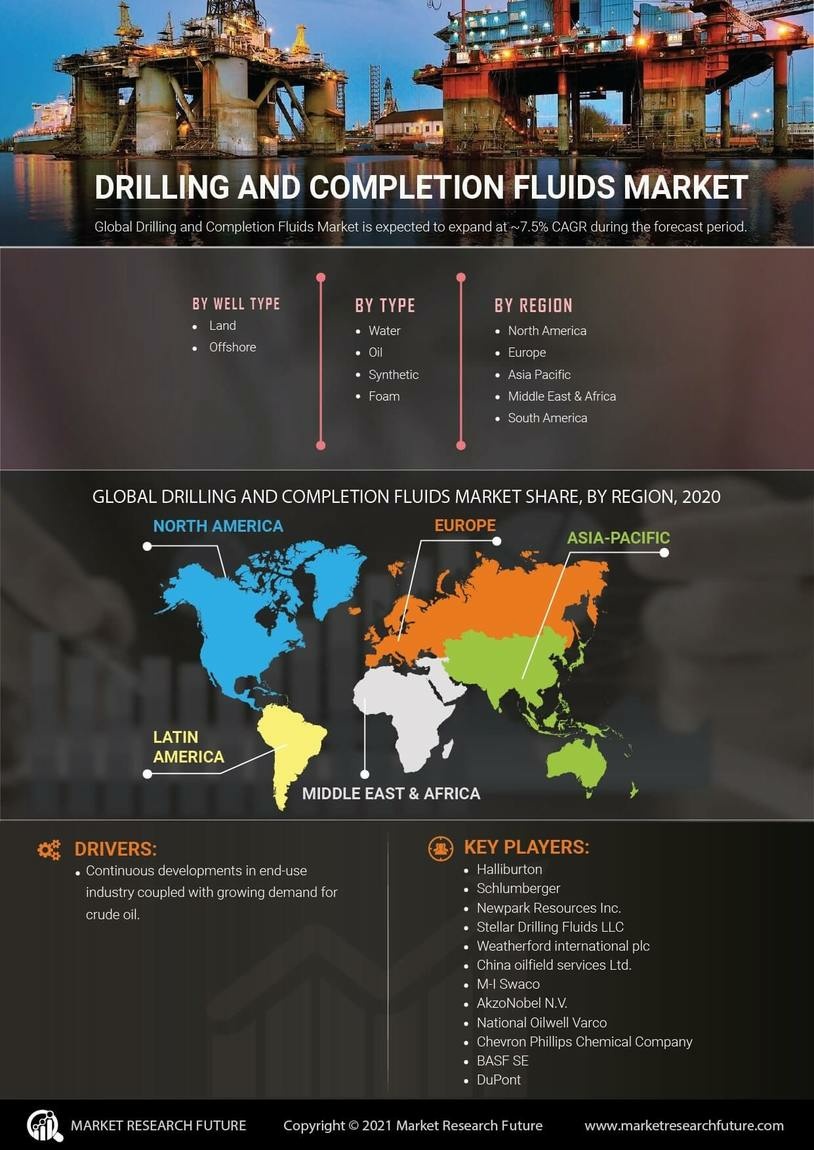

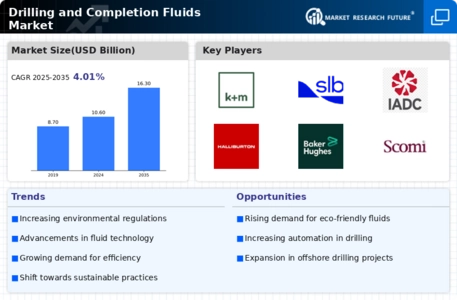
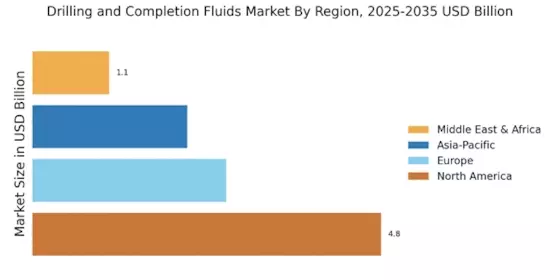
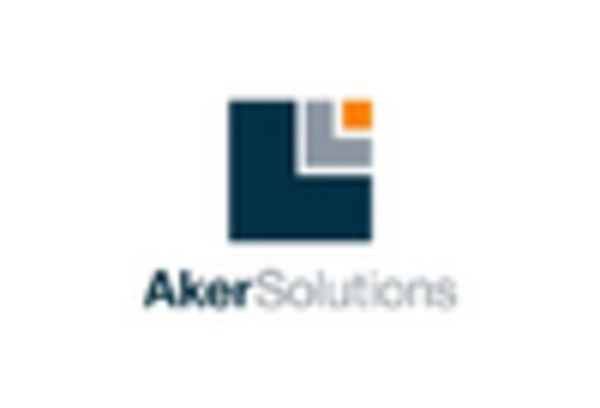

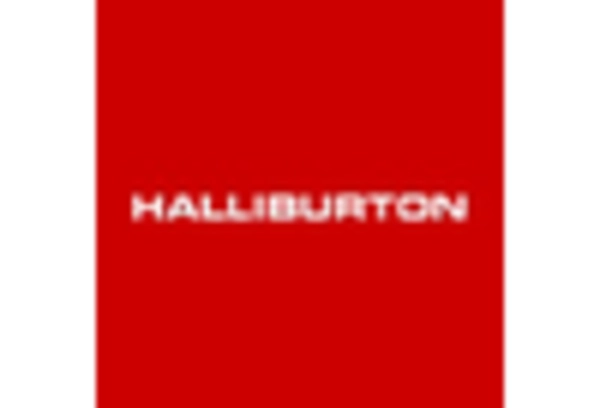
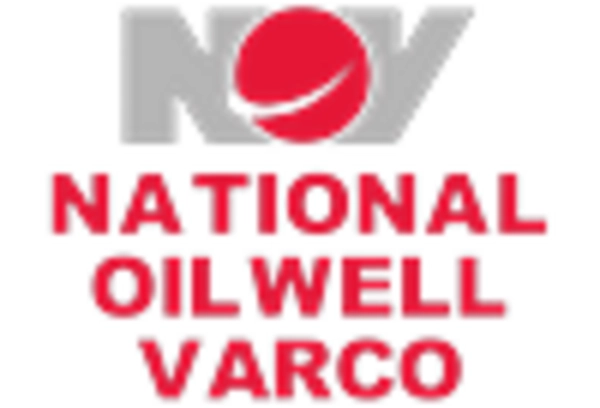
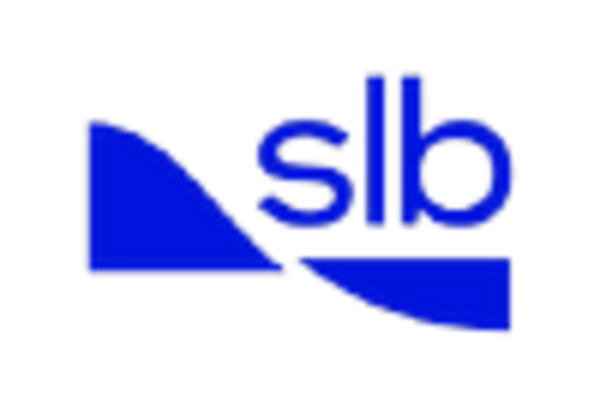









Leave a Comment